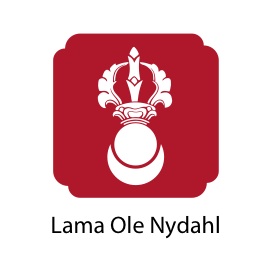When you study, study everything under the sun.
When you reflect, keep an open mind.
When you practice, do one practice and go deep.
– Jamgön Kongtrul Lodrö Thaye, 1813-1899
When you study, study everything under the sun.
When you reflect, keep an open mind.
When you practice, do one practice and go deep.
– Jamgön Kongtrul Lodrö Thaye, 1813-1899
A new book published by Wisdom Publications entitled “Lives Lived, Lives Imagined – Biographies of Awakening” is an impressive collection of cross-traditional accounts of the lives of Buddhist practitioners, with contributions from a range of contemporary authors and scholars. In particular, it contains a fascinating account of the early years of the Eighth Karmapa Mikyö Dorje (1507-1554).
The section of the book in question is “Narratives of Reincarnation, Politics of Power, and the Emergence of a Scholar – The Very Early Years of Mikyö Dorje”, by Jim Rheingans. In it, Rheingans presents a vast range of biographical and historical material on the early years of the Eighth Karmapa Mikyö Dorje, whose recognition and enthronement were overshadowed by attempts to install a rival candidate as the new Karmapa. Rheingans makes clear how the method of establishing spiritual lineages through identifying reincarnations was (and is) embedded into the politics of the day. Biographies and autobiographies reflect this religio-political dimension, and some of the stock elements of such narratives, like the self-recognition of an incarnate young lama or the establishment of the prototypical patron-priest relationship in later years, serve to legitimize the position of the Karmapa and establish the political alliances that were necessary for maintaining a religious legacy.
In his teachings, Lama Ole Nydahl often refers to the kind of advice Milarepa would give to his female students about obstacles in meditation, for example: “when you can see the greatness of the mountain, how can you be disturbed by a few trees?” and “when you can experience the depth of the ocean, how can you be disturbed by waves?” Here is one of Milarepa’s songs, in a translation by Lama Ole and Hannah’s old friend Ken McLeod, in which this advice is contained:

Lama Ole Nydahl
December 31st , 2010
Dearest students and friends worldwide,
Looking back over 2010, it became our year of definition. Checking where we are and realizing the power of our close communication, stabilized and secured the work in our old and new centers and groups worldwide.
A new book of Buddhist teachings by Gendun Rinpoche has recently been published in English entitled “Heart Advice from a Mahamudra Master”.